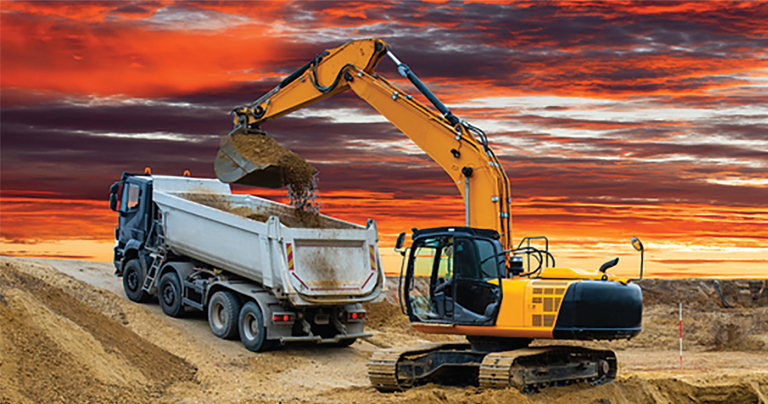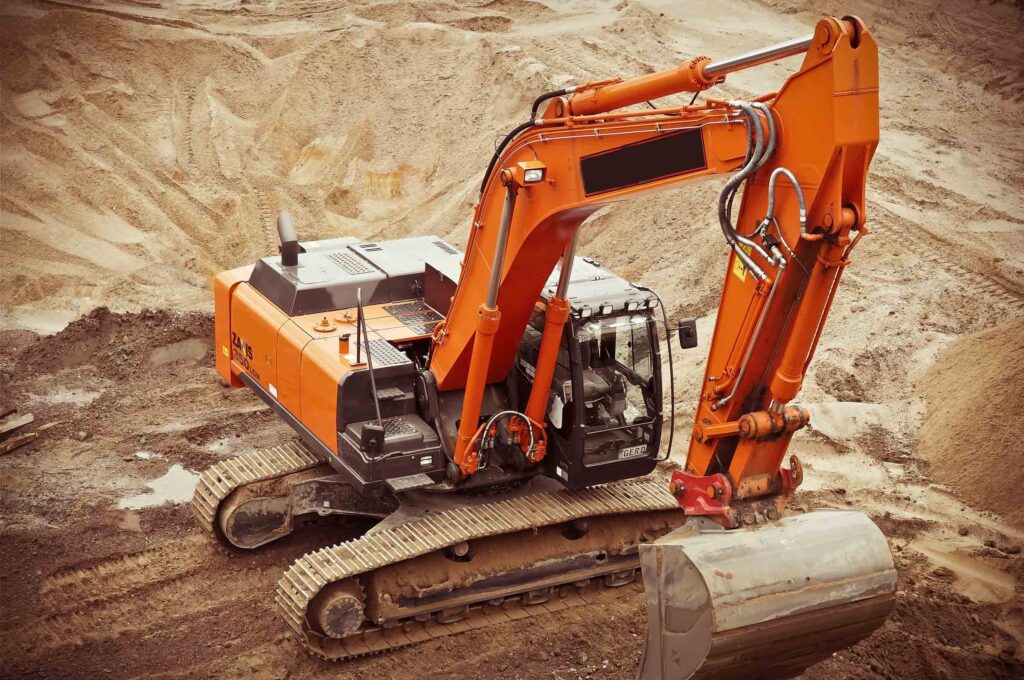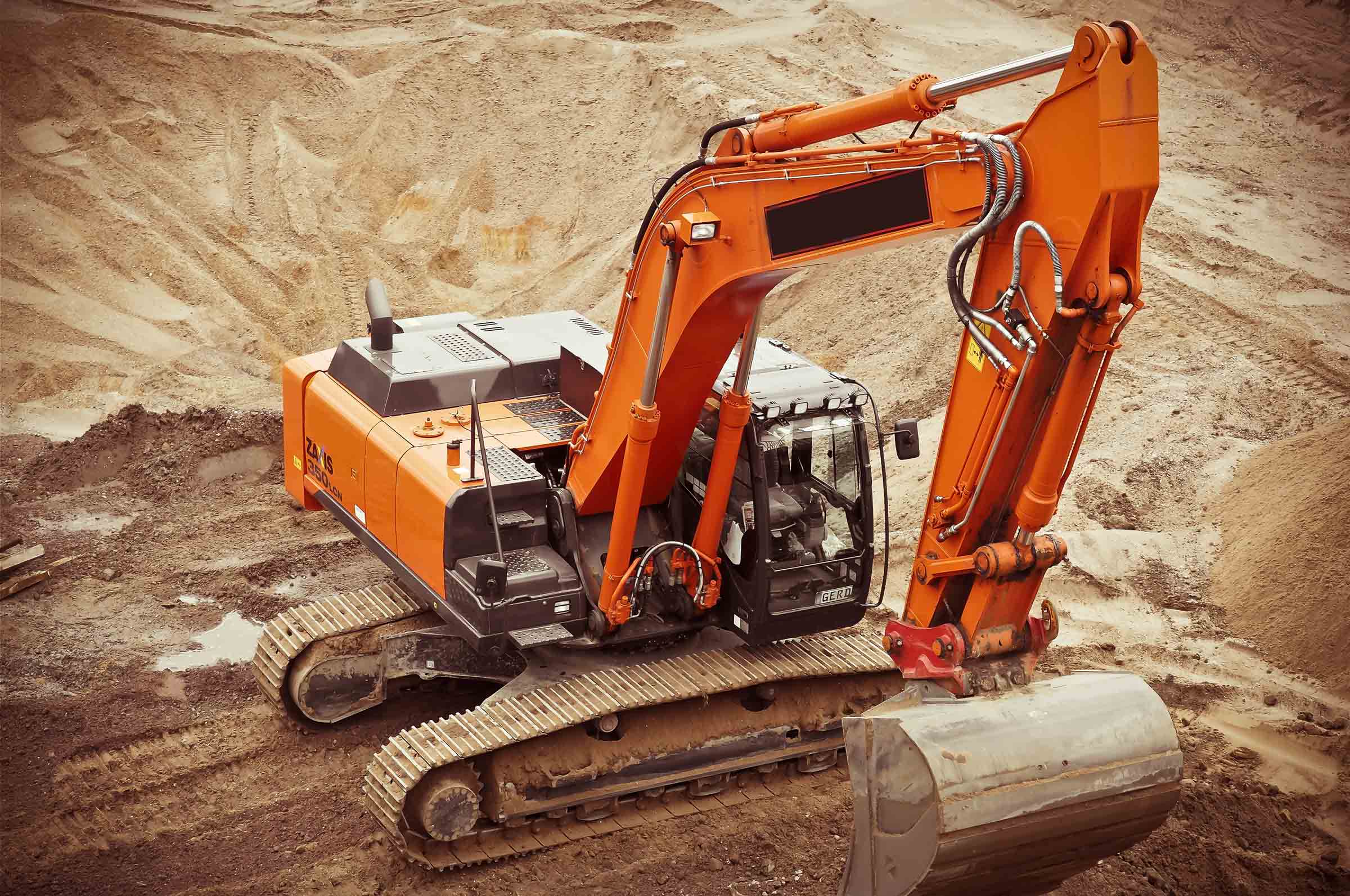Earthmoving machinery plays a vital role in construction, mining, and infrastructure projects, facilitating the movement and manipulation of large quantities of earth and materials with precision and efficiency. With the advent of advanced technologies, earthmoving equipment has undergone a transformation, becoming more sophisticated, versatile, and environmentally friendly. In this article, we delve into the role of technology in earthmoving machinery, exploring how it enhances efficiency, safety, and sustainability in modern construction practices.
Enhanced Efficiency:
One of the primary benefits of technology in earthmoving machinery is enhanced efficiency in various aspects of operation, including:
- Automated Systems: Advanced automation technologies, such as GPS-guided systems and machine control software, enable earthmoving equipment to operate with unparalleled accuracy and precision. By automatically adjusting blade or bucket positions based on real-time data and digital terrain models, these systems optimize excavation, grading, and compaction processes, reducing material waste and improving productivity.
- Telematics and Fleet Management: Telematics systems installed in earthmoving equipment provide real-time monitoring of machine performance, fuel consumption, and maintenance needs. By collecting and analyzing data on equipment utilization and operational parameters, fleet managers can optimize fleet deployment, scheduling, and maintenance practices, minimizing downtime and maximizing efficiency.
- Hybrid and Electric Technologies: The adoption of hybrid and electric propulsion systems in earthmoving machinery reduces fuel consumption, emissions, and operating costs while increasing energy efficiency and sustainability. Hybrid excavators, loaders, and dozers leverage regenerative braking, energy storage systems, and electric drive components to enhance powertrain performance and minimize environmental impact.
Improved Safety:
Safety is a paramount concern in the operation of earthmoving machinery, given the inherent risks associated with heavy equipment and challenging work environments. Technology plays a crucial role in enhancing safety by:
- Collision Avoidance Systems: Advanced sensors, cameras, and radar systems integrated into earthmoving equipment provide operators with real-time alerts and warnings to prevent collisions with obstacles, vehicles, and personnel on the job site. These collision avoidance systems enhance situational awareness and minimize the risk of accidents and injuries.
- Operator Assistance Features: Modern earthmoving machinery is equipped with a range of operator assistance features, such as intelligent speed control, automatic braking, and stability monitoring systems, that enhance operator comfort, control, and safety. These features help prevent rollovers, tip-overs, and other hazardous situations, especially in challenging terrain or adverse weather conditions.
- Remote Operation and Monitoring: Remote operation capabilities enable operators to control earthmoving equipment from a safe distance, reducing the need for personnel to be physically present in hazardous or inaccessible areas. Additionally, remote monitoring systems allow supervisors and safety managers to oversee operations and intervene in case of emergencies, ensuring prompt response and assistance.

Sustainability:
In an era of increasing environmental awareness and regulatory scrutiny, sustainability has become a driving force in the development and adoption of technology in earthmoving machinery. Key initiatives and innovations include:
- Emissions Reduction Technologies: Earthmoving equipment manufacturers are investing in technologies to reduce exhaust emissions and minimize environmental impact. Diesel particulate filters, selective catalytic reduction (SCR) systems, and exhaust gas recirculation (EGR) systems are commonly used to achieve compliance with stringent emission standards while improving air quality and public health.
- Alternative Fuels: The transition to alternative fuels such as biodiesel, compressed natural gas (CNG), and hydrogen is gaining momentum in the earthmoving industry, offering lower emissions, reduced dependence on fossil fuels, and improved energy efficiency. Hybrid and electric propulsion systems further contribute to sustainability by reducing greenhouse gas emissions and noise pollution in urban and sensitive areas.
- Sustainable Materials and Practices: Earthmoving equipment manufacturers and operators are increasingly adopting sustainable materials and practices in equipment design, manufacturing, and operation. Recycled and bio-based materials, energy-efficient components, and eco-friendly lubricants and fluids help minimize the environmental footprint of earthmoving machinery throughout its lifecycle.
Technology has revolutionized the field of earthmoving machinery, transforming the way construction, mining, and infrastructure projects are planned, executed, and managed. By enhancing efficiency, safety, and sustainability, advanced technologies enable earthmoving equipment to operate more effectively and responsibly in diverse environments and conditions. As the industry continues to innovate and evolve, the role of technology in earthmoving machinery will remain central to meeting the demands of a rapidly changing world while safeguarding the environment and enhancing the well-being of workers and communities.


